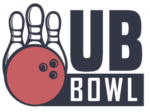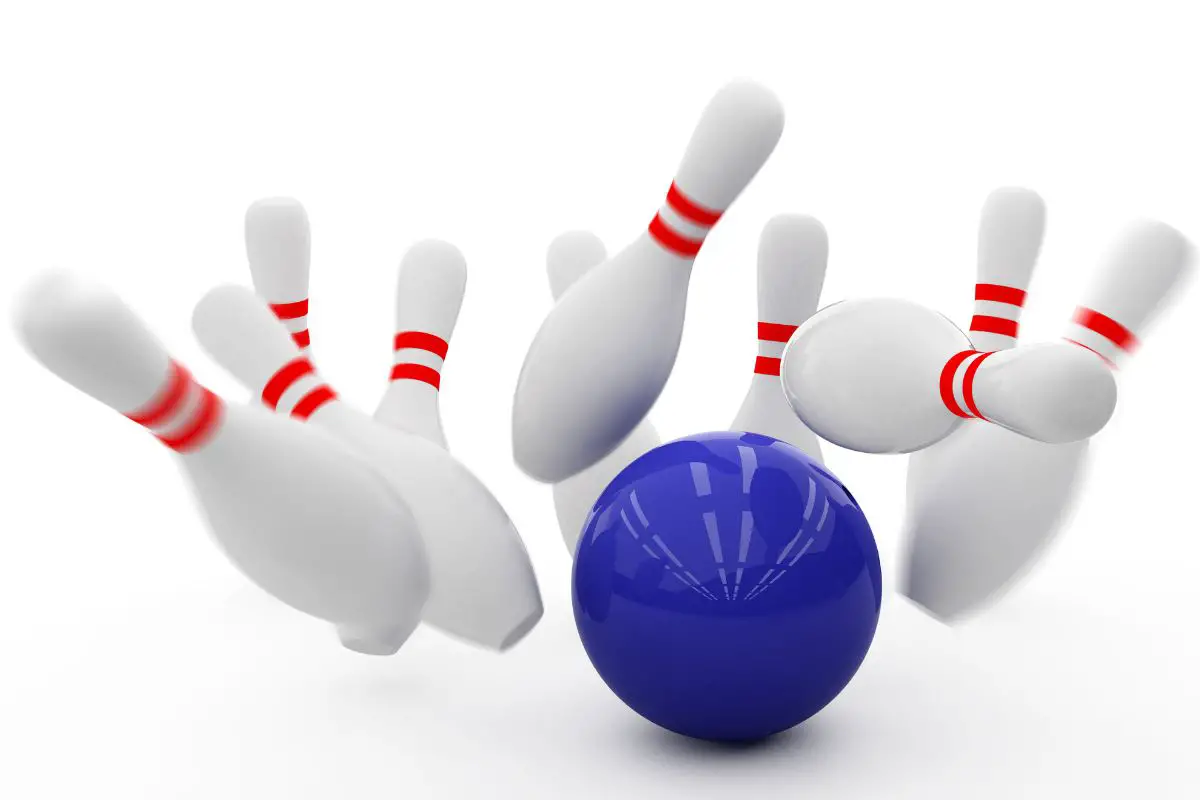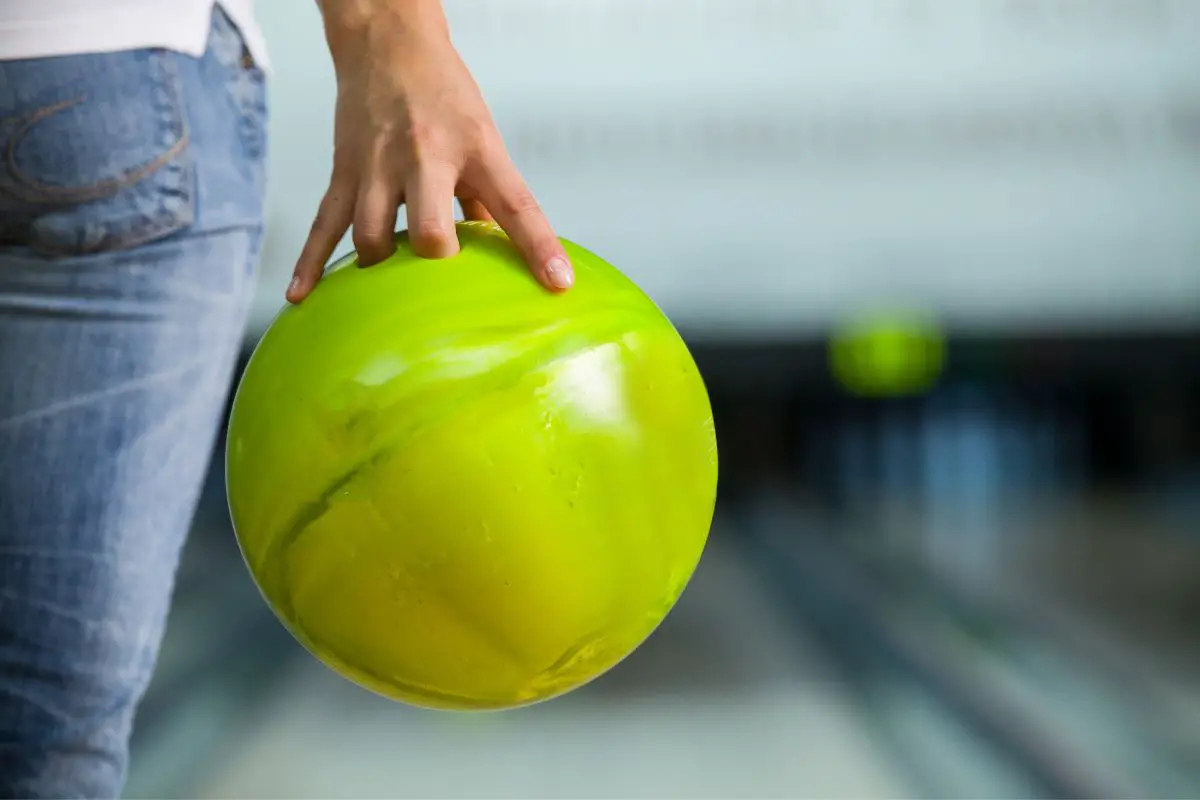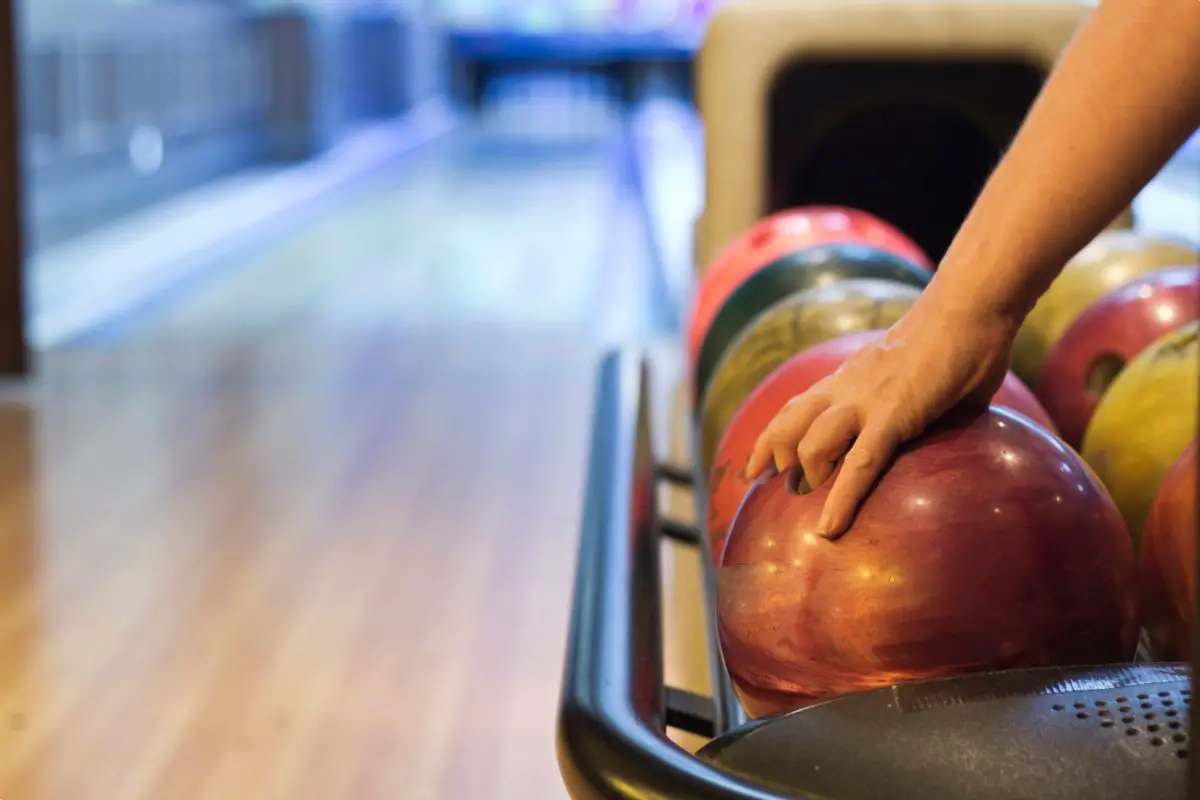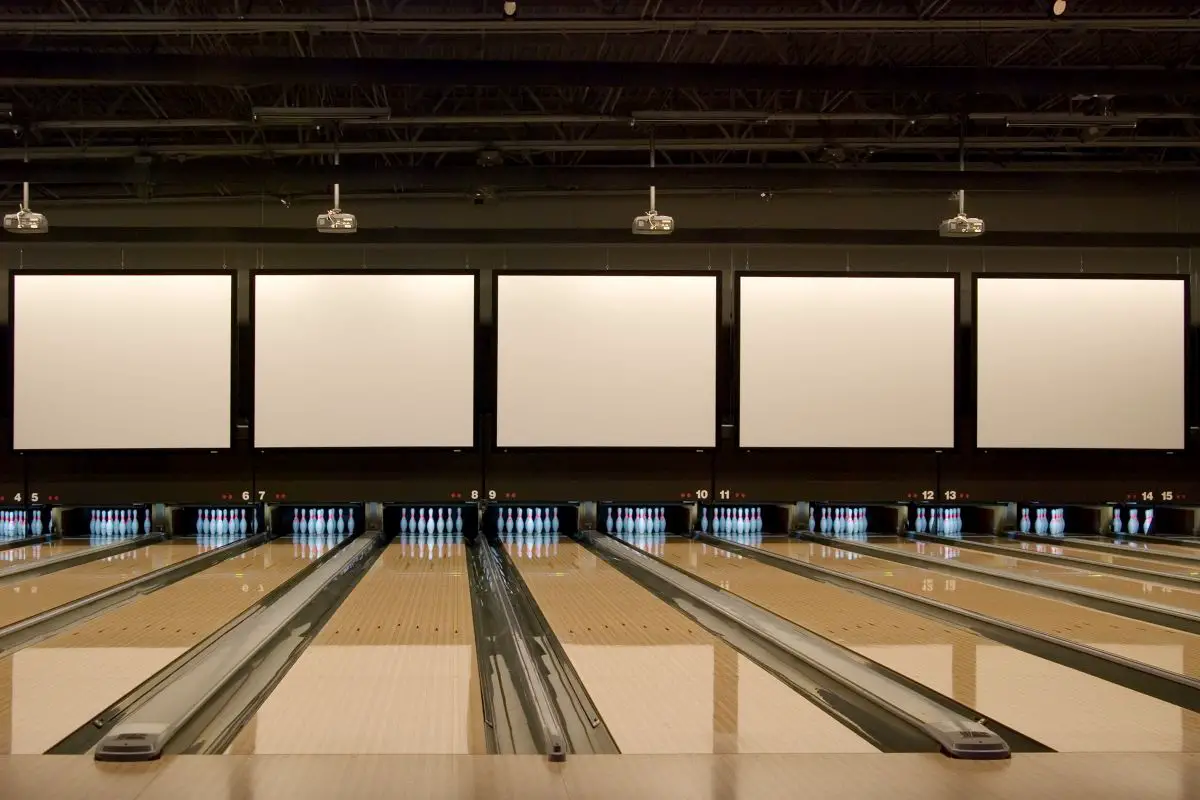You’re probably here if you’ve recently picked up bowling as a new hobby or perhaps reignited an old passion, first of all, that’s great. Well done! Bowling can be a great team-building sport, not to mention a lot of fun.
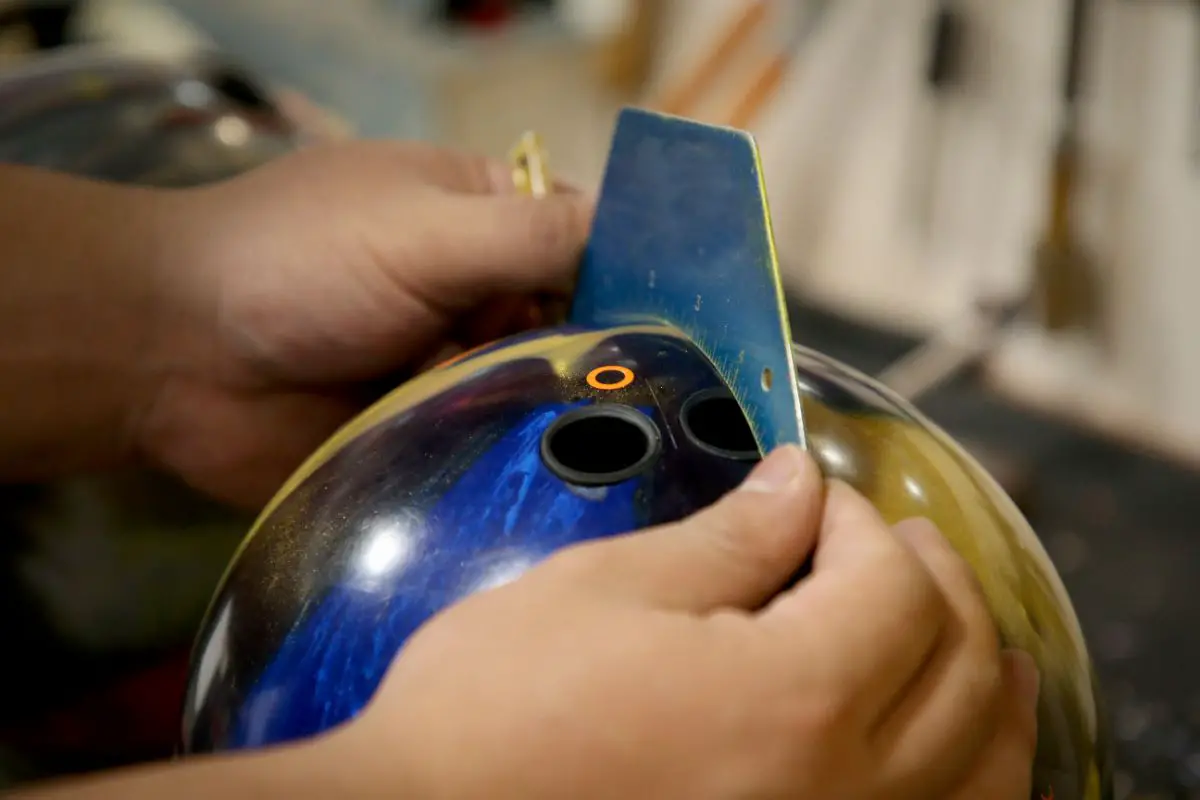
If you’re visiting the bowling alley more regularly you may be questioning whether or not you need to purchase your own ball rather than using the in-house selection.
It can be difficult and overwhelming to know where to start looking for items such as these as there are a number of factors to consider such as price, material, and weight. Take a look at our complete guide, indicating why you should buy your own ball and more importantly, how to choose the right one for you.
Do I Need My Own Bowling Ball?
Firstly, we would suggest assessing your goals. If you’re looking to improve your game, playing regularly with friends or as part of a team then purchasing your own bowling ball can have real benefits.
If you play for fun every now and then, it may be a purchase you could do without. There are many advantages to owning your own bowling ball, here we’ve listed a few that will help out a first-time buyer.
It Can Be Customized for You
The most obvious advantage to owning your own bowling ball is the ability to customize it for you. The finger holes will be drilled to fit your fingers perfectly, making it easier and more comfortable for you.
Now you’re not constantly adjusting and readjusting your grip to fit a variety of inhouse balls, this can lead to improper release of thumb or fingers, affecting your play.
As the custom ball is made perfectly for you, you’ll feel much more comfortable with your swing and release, ultimately improving your consistency within the game.
Personal Equipment
We’ve all experienced the frustration of waiting for the right bowling alley ball to come back to the ball return, only for someone else to nab it!
If you’re bringing your own ball to the alley, it’s not only perfectly made for your hand, but you also don’t have to worry about other peoples germy hands touching it.
Sharing sporting equipment with others just doesn’t work for some people, and that’s okay!
Which Cover Should I Choose?
Ball material is of the main considerations you should think about when purchasing your very first bowling ball. Usually, the balls that are already in the alley are made of plastic.
This is a cheap, hardwearing material ideal for multi-use by the general public. The standard plastic bowling ball is useful for those who bowl a straight shot with no hook. However, different materials offer different added advantages.
Urethane Balls
Urethane falls into the rubber category, even though it’s a mixture between rubber and plastic. Some balls are made with a urethane coverstock, or outer shell, which gives them more friction when coming into contact with the lane.
This increases the chances of hooking. Hooking is when the ball rolls in a curving pattern rather than the usual straight bowl.
The purpose of this is to give the ball a better angle to achieve a strike. A urethane ball will roll more evenly than plastic balls and have more of an impact on the pins (greater pin carry), knocking more down.
Reactive Resin Balls
Reactive resin is an advanced form of polyurethane with additional additives in the coverstock to increase the ball’s porosity and creates even greater friction with the lane surface than its urethane counterparts. With increased friction, the greater potential for hooking action you can expect.
A big advantage of the reactive resin ball is that they are more versatile; their hooks remain strong on dry lanes as well as oily conditions which produce more skid.
There are 3 sub-categories of reactive resin coverstocks manufacturers use: solid, pearl, and hybrid, which unsurprisingly have different purposes. These aid in differing levels of friction. The most standard and great for beginners are the reactive solid cover stocks.
Particle Balls
It’s worth mentioning particle balls here, however, they are generally more suited to the experienced or professional bowler. Particle balls have a particle coverstock on them, which essentially means the outer layer is rough and bumpy as small pieces of glass or ceramics are added to the resin.
This creates the greatest amount of friction possible, allowing you to get the most hooking potential and spinning motion from your bowl.
How Heavy Should It Be?
Another important question to ask yourself. Did you ever try and bowl the heaviest ball at the alley when you were a child just to see what would happen?
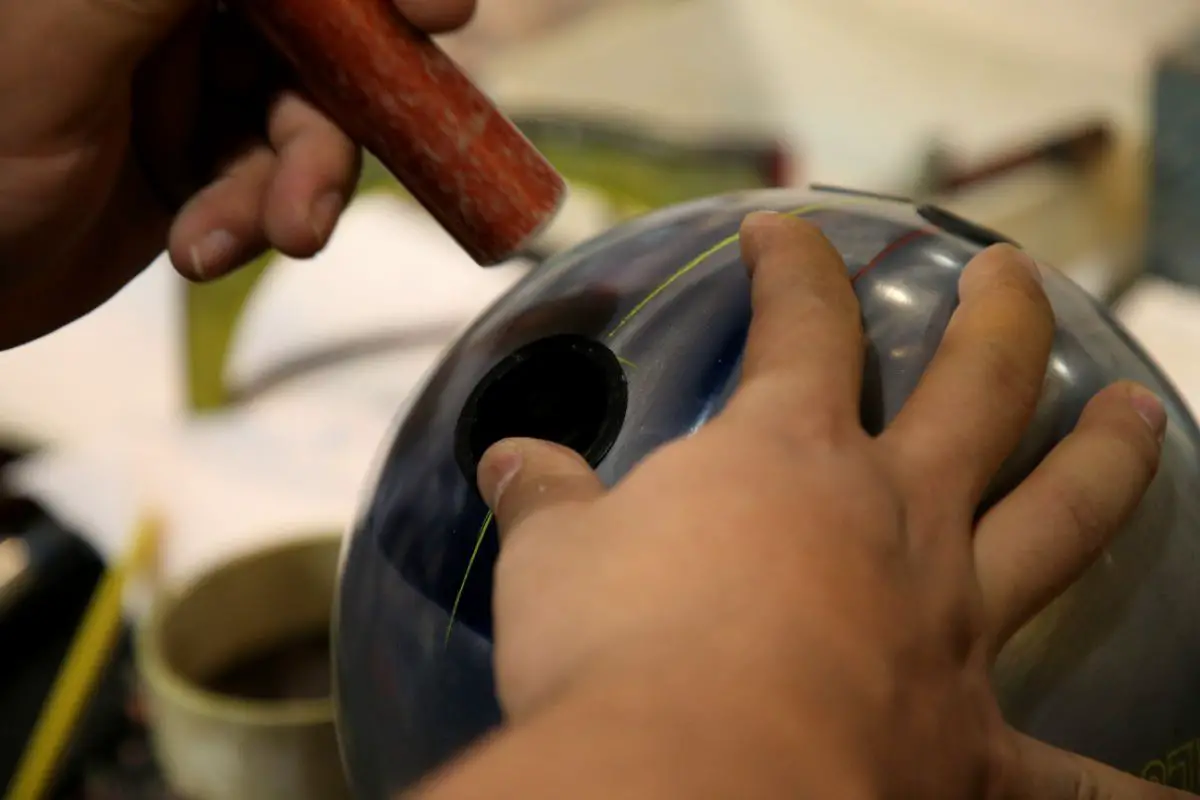
If you did, you probably noticed it either didn’t go very fast or went off into the gutter. The right weight is crucial when picking out your own bowling ball. In general, an average male requires a 15 to 16-pound ball, compared to a female 10 to 12-pound ball.
Be sure to adjust how heavy the ball is depending on your own weight and stature, i.e. if you’re heavier, choose a heavier ball. A great general rule states that an ideal ball should weigh around 10% of your body weight, up to around 160 pounds.
If the ball is too heavy for your frame it could lead to injury or negatively impact your bowl if too excessive.
Which Ball is Right For Me?
It’s important that you don’t just go with the first thing you find, like many purchases you make, doing the research is crucial. After taking these points into consideration, you might have a clear idea of what ball is right for you. If you’re still unsure, don’t worry, we can break it down and summarise it for you.
Most first-timers with less experience tend to start off with a plastic or urethane ball. Although they aren’t that different from the in-house balls you’ll find in the bowling alley, owning your own ball has the added advantage of being drilled to fit your fingers perfectly. This is a crucial advantage over the alley balls.
Those who are a bit more advanced and are looking to improve their game should take the following points into consideration – especially if you’re looking to work on your hook:
For a bowler with a faster, more powerful stroke, a rougher and duller coverstock will help to avoid skidding on the lane. A solid reactive resin ball would therefore be more appropriate as greater friction is produced.
Most mid-range to high-performance balls on the market are covered with reactive resin. Reactive resin balls are a great investment!
If you have a slower stroke a plastic ball or urethane ball is suitable. As plastic and urethane have softer, smoother coverstocks, they are slicker than a reactive resin or particle ball. This helps to maintain the energy to hit the pins when power is lacking.
Where to Buy Your First Bowling Ball?
Bowling stores aren’t exactly what you think of when walking around a department store, but they do exist. As many retailers have made the move online, it’s no surprise that bowling supply retailers have done the same.
Although you may find the odd store here and there, large department stores tend to use low-quality materials for their balls. Another option may already be at your local bowling alley, as some have an in-house pro shop where you can find a selection of balls.
However, this may not be as large and budget-friendly a selection compared to what you may find online.
Online retailers have the advantage of a large selection, usually at a fraction of the cost. Websites like Amazon.com are great value for money as several different retailers use the marketplace.
You can use the different tick-boxes to find what you’re looking for easily. Saving time and energy shopping from your own home is also an added bonus most of us would choose today.
Once you’ve purchased your first ball, you’ll need to take it to your local pro shop to get the finger holes drilled. All bowling shops should offer this service at a reasonable price, we would expect it to cost no more than $60.
Happy bowling!
- A Comprehensive Guide to the Top Bowling Movies of All Time - December 23, 2023
- Bowling Shoes Selection Guide: How to Choose the Right Fit - September 27, 2023
- Bowling Ball Buying Guide: How to Choose the Right Ball for You - September 23, 2023
